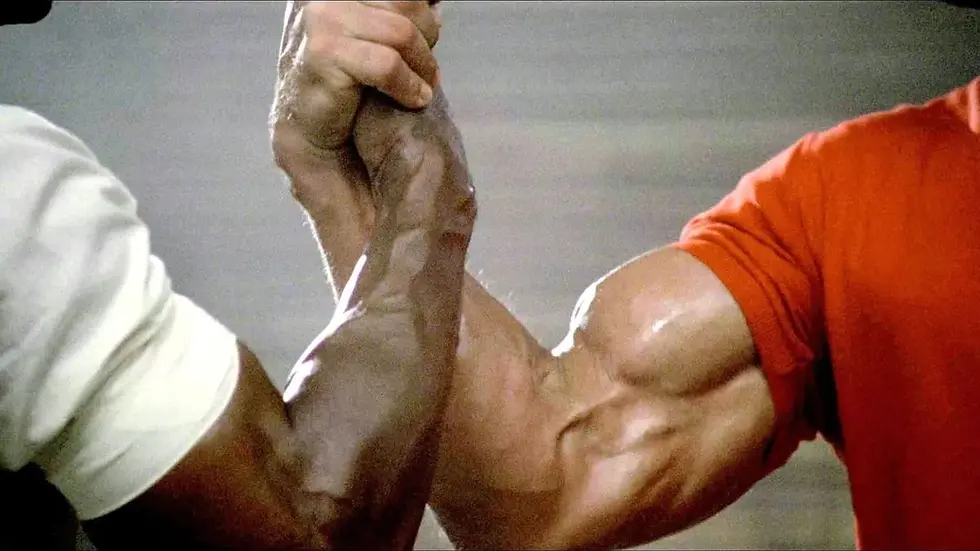The Redefining of Racism
- bekindbport

- Jan 30
- 3 min read
Updated: Feb 6
by: John Franssen
Plenty of words today are misused, but few are as ugly and stigmatized as the word racism. Racism has plagued the world for as long as different races have existed.
Recent examples include the slavery of Africans in colonial times, the Jim Crow laws in the early-mid 20th century, the genocide of Jews and minorities in the Second World War, and the awkward uncle at every family reunion. Clearly, one of these is not like the others. Yet people are often referred to using this word in all the above cases. Racism explains the motivation for some unjust actions, but modern society uses it to sow division.

Where did it come from?
The term racism came into being in 1902 with credit being given to Richard Henry Prattby the Oxford English Dictionary.
Ramon Grosfoguel in his article, “What Is Racism?” says that “racism separates humans from their lesser counterparts based on race” In Nazi Germany this took place by demonizing Jews by blaming them for disease and economic problems.
In the U.S.A., Blacks were treated as subhuman on account of their origins in African tribes that were seen as savage. Without removing the value from a person, vile actions against them cannot be accepted in any civil culture; so they are dehumanized, in this instance because of their race. Racism of the 1950s involved casting black people out of society and treating them as less valuable when compared to whites, but what is racism today?

Tanya Maria Golash-Boza, the author of Race & Racisms: A Critical Approach, describes that a prevalent form of racism today is “racial microaggressions,” which according to the author, consist of “daily commonplace insults and racial slights that cumulatively affect the psychological well-being of people of color.” Certainly, violent racism still exists, but more often than not in this decade the term has been used in the latter context, that is what this I will address as the term racism has not solely changed but expanded to include more than it did a century ago.
What are microaggressions?
The term “racial microaggressions” is essentially an umbrella term that is used to
encapsulate anything that may be found offensive concerning someone's race. This could include anything from a woman clutching her purse as a black man walks by to implying a Chinese restaurant serves cats. One of many issues with this is regardless of whether or not microaggressions matter, racism is not always separated from its less severe counterpart, those who are simply insensitive or not self-aware may be called racist and frowned upon societally.
This often occurs because the offended don’t always directly communicate their feelings with the offender, instead taking to the internet to stir up rage among their sympathizers.
So, what makes the expansion of this word unreasonable or even dangerous? According to Dr Zuleyka Zevallos, microaggressions are split into three main categories: microassault (purposeful discriminatory comments), microinsult (rude or insensitive comments), and microinvalidation (the invalidation of racist experiences).
The important part of all these terms is the prefix micro. Microaggressions inherently lead more people towards a sensitivity that can only serve to increase racial tension and divide people, a simple comparison to draw is that of two adults in conversation as opposed to two teenage girls, if one adult says to another “I like your outfit. It looks slimming” the other would gladly receive the compliment.
The same comment made between two teenage girls could result in insult, as in her sensitivity she interprets the compliment to mean she is fat, and the outfit is all that makes her slim. In the same way, comments made towards members of a minority like, “Where are you from?” or “You speak English well” are well-intentioned, and to interpret them as “microaggressions” creates pointless division.
The Solution
Racism (the term) exists for a reason. It identifies the root of some discrimination and injustice, but works against itself when used in such ways as today, widening racial divides

that were on the mend, pitting people against each other for fear of false or unreasonable accusations. Racism explains the motivation for some unjust actions, but modern society uses it to sow division. A word with such weight historically can damage people's social standing, used flippantly as if it were not an issue. Racism needs to revert to its original usage,
and more importantly, people need to take care to speak honorably.

John Franssen is a student at Summit Christian college.
He enjoys fixing anything that breaks and playing games and instruments.



Comments